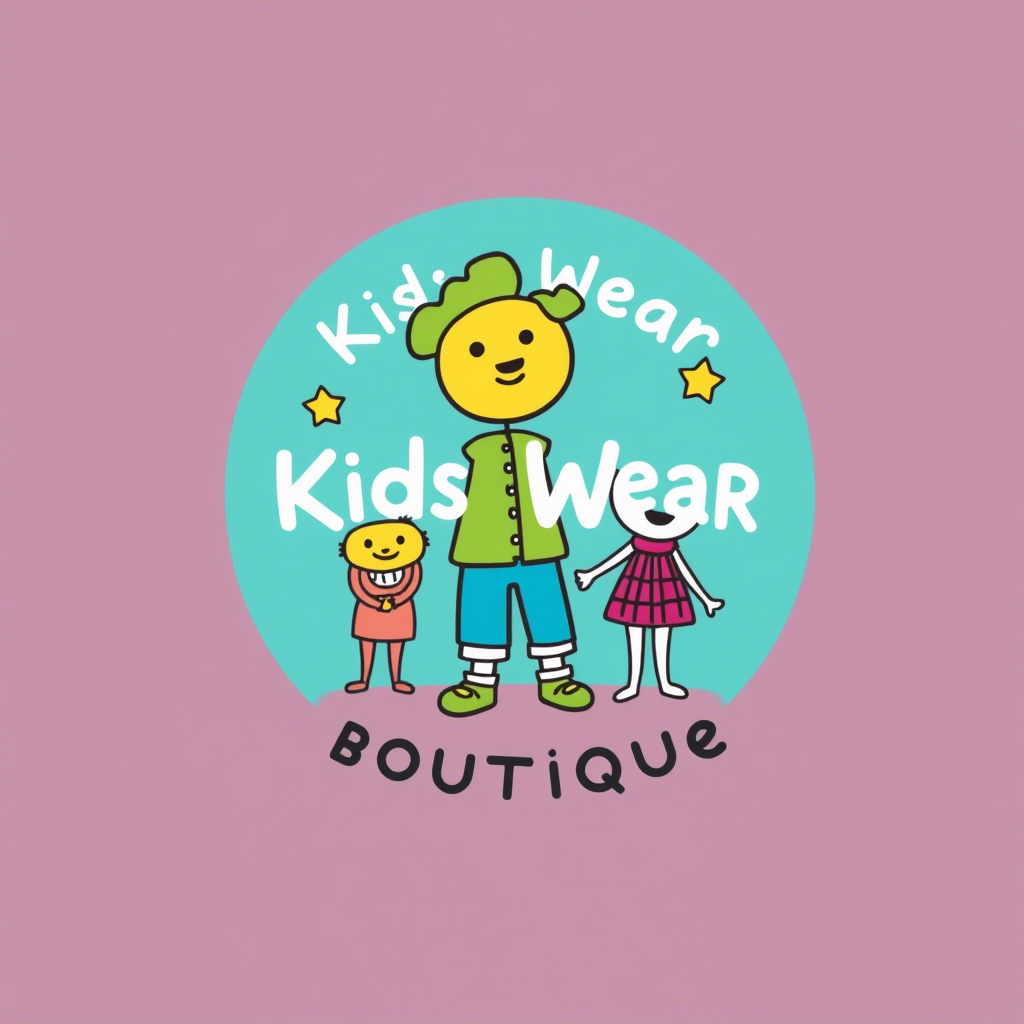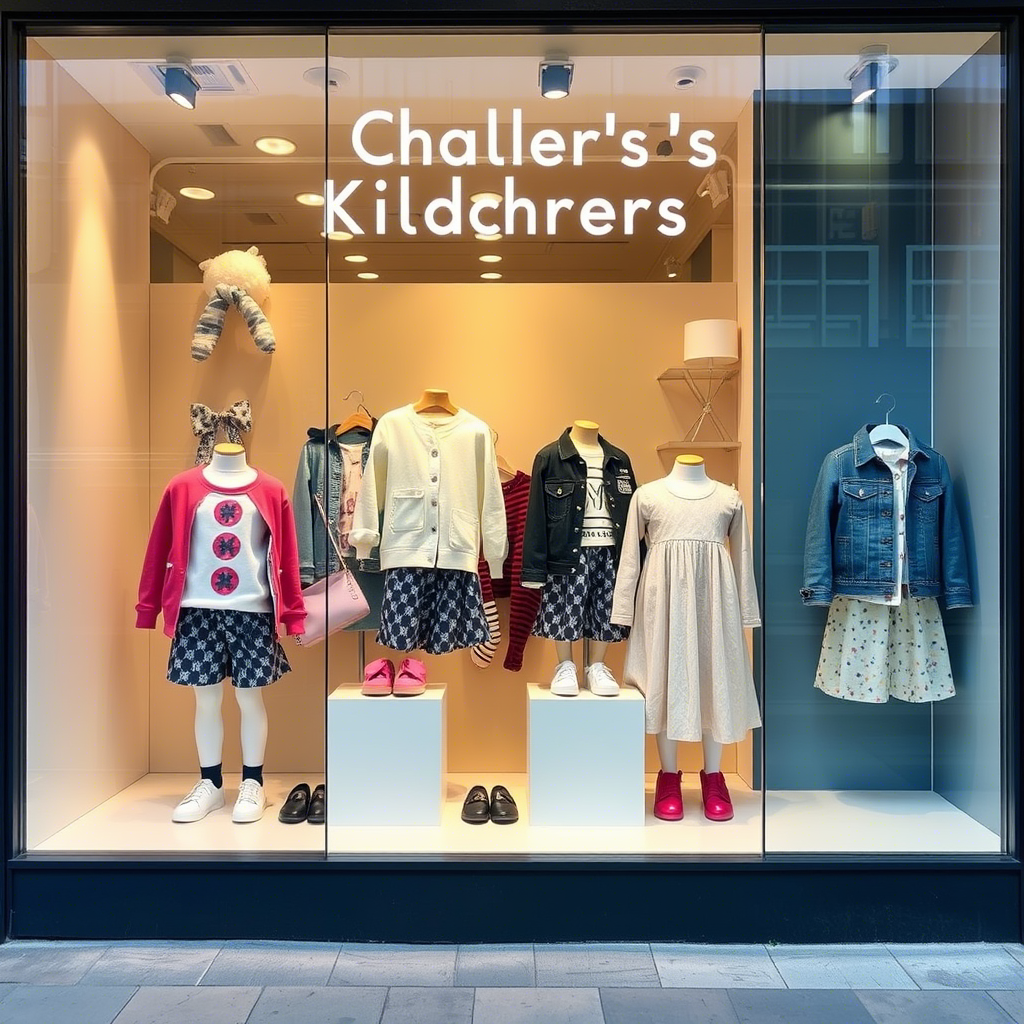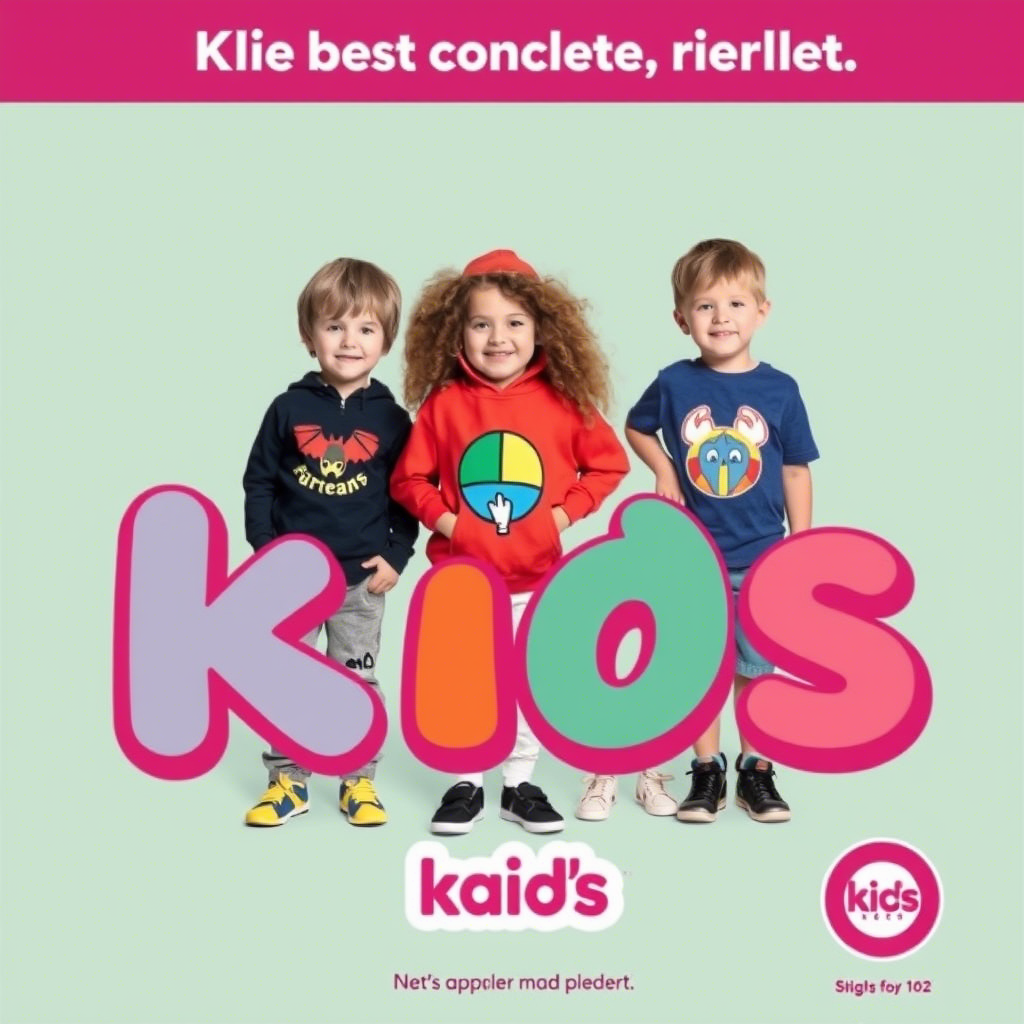Children Clothing Brand Names for Fashion Retailers
The children’s clothing market is a rapidly evolving industry, driven by the growing demand for stylish, comfortable, and sustainable apparel. As a fashion retailer, establishing a strong brand identity is crucial to standing out in this competitive landscape. A well-chosen brand name can make all the difference, conveying the values, quality, and aesthetic of your children’s clothing line. In this article, we will explore the significance of brand names in the children’s clothing industry and provide guidance on creating a compelling brand identity.
Understanding the Importance of Brand Names
A brand name is more than just a label; it’s a representation of your brand’s personality, values, and mission. For children’s clothing brands, the name should evoke a sense of fun, safety, and reliability.
- Emotional Connection: A brand name that resonates with parents and children can create an emotional connection, fostering loyalty and advocacy. For instance, brands like Carter’s and OshKosh B’gosh have become synonymous with quality and comfort, building a loyal customer base.
- Brand Differentiation: A unique and memorable brand name can differentiate your brand from competitors, making it more likely to be remembered and recommended.
- Brand Identity: The brand name sets the tone for your brand’s overall identity, including its visual aesthetic, tone of voice, and messaging.
 For example, a brand name like “Lil’ Fashionista” could be accompanied by a logo featuring cartoon characters, as seen in the image above, to create a playful and engaging brand identity.
For example, a brand name like “Lil’ Fashionista” could be accompanied by a logo featuring cartoon characters, as seen in the image above, to create a playful and engaging brand identity.
Key Considerations for Choosing a Brand Name
When selecting a brand name, there are several factors to consider to ensure it effectively represents your brand and resonates with your target audience.
- Relevance: The name should be relevant to your brand’s niche or specialty, such as focusing on sustainable or eco-friendly children’s clothing.
- Uniqueness: Conduct thorough research to ensure the name isn’t already in use or too similar to existing brands, avoiding potential trademark issues. You can check out our collection of boys’ coats for inspiration on unique and stylish designs.
- Memorability: Choose a name that is easy to remember and pronounce, making it more likely to stick in customers’ minds.
Creating a Brand Identity Around Your Name
Once you have chosen a brand name, it’s essential to develop a comprehensive brand identity that aligns with your name and resonates with your target audience.
- Visual Identity: Develop a visual identity that includes a logo, color palette, and typography that reflects your brand’s personality and values. For example, a brand like “Green Kids” might incorporate earthy tones and natural imagery into their visual identity.
- Tone of Voice: Establish a tone of voice that is consistent across all marketing channels, from social media to packaging.
- Brand Messaging: Craft a clear and compelling brand message that communicates your brand’s unique value proposition and resonates with your target audience.
 A well-designed storefront display, like the one shown above, can effectively showcase your brand’s identity and attract customers.
A well-designed storefront display, like the one shown above, can effectively showcase your brand’s identity and attract customers.
Marketing Strategies for Children’s Clothing Brands
Effective marketing is crucial for children’s clothing brands to reach and engage with their target audience.
- Social Media: Leverage social media platforms to showcase your brand’s personality, share behind-the-scenes content, and engage with customers.
- Influencer Partnerships: Collaborate with influencers and bloggers in the parenting and fashion niches to promote your brand and products. You can also explore our range of kids’ apparel for potential collaboration opportunities, such as our girls’ dresses collection.
- Experiential Marketing: Create immersive brand experiences through events, pop-up shops, and in-store experiences that bring your brand to life.
 A colorful and eye-catching advertisement poster, like the one above, can help grab the attention of potential customers and drive sales.
A colorful and eye-catching advertisement poster, like the one above, can help grab the attention of potential customers and drive sales.
Measuring Success and Adapting to Change
To ensure long-term success, it’s essential to continuously monitor and adapt to changes in the market and consumer behavior.
- Performance Metrics: Track key performance metrics, such as sales, customer acquisition, and retention rates, to measure the effectiveness of your branding and marketing efforts.
- Consumer Feedback: Gather feedback from customers through surveys, reviews, and social media to identify areas for improvement and optimize your brand strategy.
- Market Trends: Stay up-to-date with the latest trends and developments in the children’s clothing industry, adjusting your brand strategy as needed to stay competitive.
Conclusion
Creating a successful children’s clothing brand requires careful consideration of your brand name, identity, and marketing strategy. By understanding the importance of brand names, choosing a name that resonates with your target audience, and developing a comprehensive brand identity, you can establish a strong foundation for your brand. By implementing effective marketing strategies and continuously monitoring and adapting to change, you can drive growth and success in the competitive children’s clothing market.

Comments